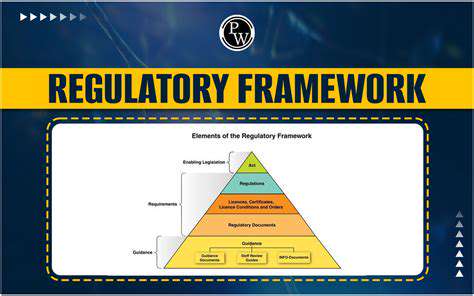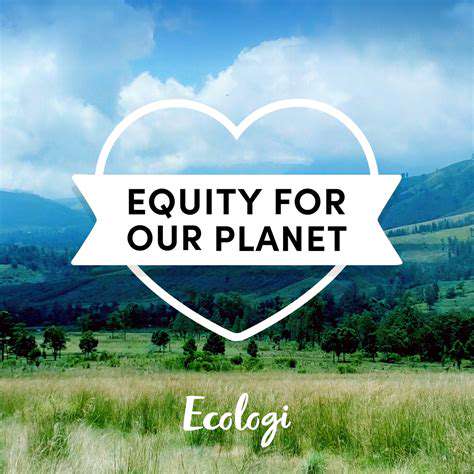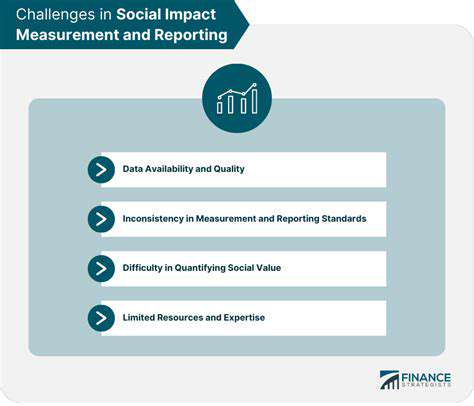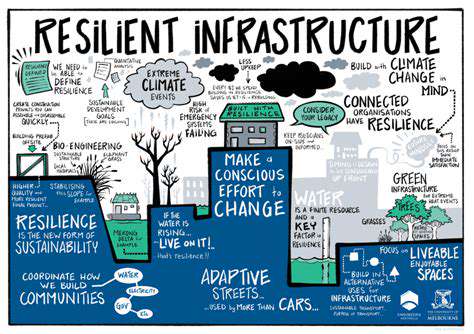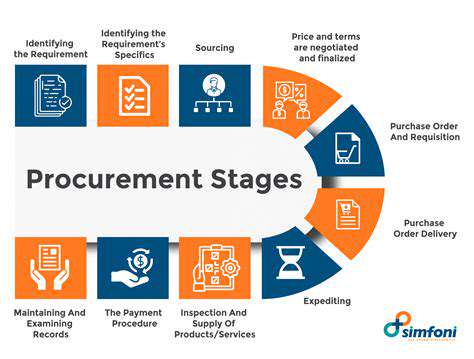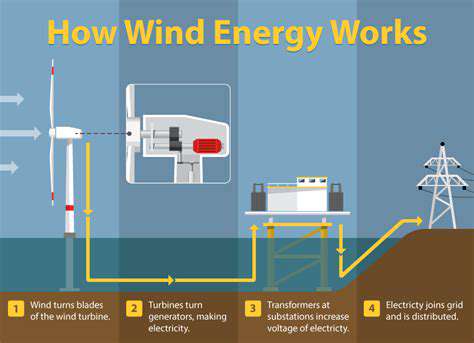Wind Energy for Green Hydrogen Production: A Key Decarbonization Pathway
Electrolysis Fundamentals
At the heart of sustainable energy solutions lies electrolysis, a process where electricity splits water into hydrogen and oxygen. Unlike traditional methods, this approach completely bypasses fossil fuels, offering a cleaner path to hydrogen generation. The efficiency of this process hinges on several critical factors: the type of electrolytic cells used, precise control of current density, and optimal temperature and pressure conditions. These elements collectively determine both the output quantity and purity of the resulting hydrogen.
Currently, three primary electrolysis methods dominate the field. Alkaline electrolysis represents the most established technology, having been refined over decades of use. More recently, proton exchange membrane (PEM) systems have gained traction due to their superior efficiency and rapid response capabilities. For operations requiring high temperatures, solid oxide electrolysis cells (SOEC) present an intriguing option, though they demand more sophisticated materials and system designs. The selection between these technologies ultimately depends on specific production requirements, desired hydrogen purity levels, and the availability of renewable power sources.
Challenges and Future Directions
While promising, electrolysis-based hydrogen production faces significant obstacles. Energy consumption remains a primary concern, as the process currently demands substantial electrical input. Enhancing electrolyzer efficiency stands as perhaps the most pressing challenge, with researchers worldwide working to develop more effective and economical designs. Equally important is extending equipment lifespan to reduce long-term operational costs and improve sustainability metrics.
The intermittent nature of renewable energy sources like wind power creates another layer of complexity. Developing robust energy storage solutions and smart grid integration strategies will prove essential for maintaining consistent hydrogen production. Emerging materials and novel cell designs continue to push efficiency boundaries, offering hope for more sustainable hydrogen production methods in the near future.
Infrastructure presents perhaps the most daunting challenge. Current energy systems remain heavily optimized for fossil fuels, requiring comprehensive upgrades to accommodate widespread hydrogen use. Building dedicated hydrogen pipelines, storage facilities, and distribution networks demands significant investment and coordinated effort among researchers, policymakers, and industry leaders. Only through such collaboration can electrolysis realize its full potential in the emerging green energy economy.
The Synergistic Relationship Between Wind and Hydrogen
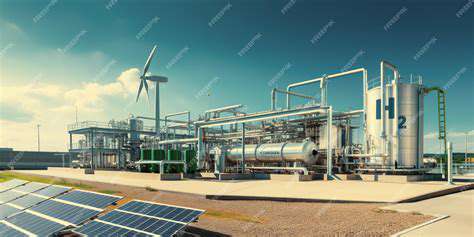
The Foundation of Synergy
True synergy emerges when multiple systems interact to produce results exceeding their individual capabilities. This powerful effect requires careful alignment of objectives and shared commitment to common goals. Without this fundamental alignment, even the most sophisticated technologies may fail to achieve their full collaborative potential.
Identifying Complementary Strengths
Effective synergy capitalizes on the unique advantages each component brings to the partnership. Recognizing and strategically combining these strengths creates opportunities for groundbreaking innovation. This approach fosters an environment where distinct capabilities enhance rather than compete with one another.
Open Communication and Trust
The bedrock of any successful partnership lies in transparent, ongoing dialogue. Honest communication builds essential trust while facilitating the free exchange of ideas and concerns. Such openness enables early identification of potential issues and allows for constructive resolution before problems escalate.
Shared Goals and Objectives
Alignment of purpose serves as the compass guiding collaborative efforts. Clearly defined, mutually agreed-upon objectives ensure all participants work toward common outcomes. Without this shared vision, even well-intentioned initiatives risk becoming disjointed and ineffective.
Adaptability and Flexibility
In today's rapidly evolving energy landscape, rigid systems quickly become obsolete. The ability to adjust strategies in response to new information represents a critical success factor. Flexible approaches allow partners to capitalize on emerging opportunities while mitigating unforeseen challenges.
Conflict Resolution Mechanisms
Disagreements inevitably arise in complex partnerships. Establishing fair, structured conflict resolution processes preserves collaboration effectiveness. These mechanisms ensure differences become catalysts for improvement rather than sources of dysfunction.
Continuous Improvement and Feedback
Synergistic relationships thrive on ongoing refinement. Regular performance evaluation and constructive feedback maintain partnership vitality. This iterative approach ensures the collaboration remains dynamic and responsive to changing conditions.
Economic and Environmental Benefits of Wind-Powered Hydrogen
Reduced Reliance on Fossil Fuels
Wind-powered hydrogen offers a compelling alternative to fossil fuel dependence. As industries and transportation sectors seek cleaner energy solutions, hydrogen produced through electrolysis emerges as a viable option. This transition not only reduces greenhouse gas emissions but also decreases vulnerability to volatile fossil fuel markets, enhancing national energy security while combating climate change.
Sustainable Energy Production
Unlike finite fossil fuel reserves, wind represents a perpetually renewable resource. Harnessing wind for hydrogen production creates a truly sustainable energy cycle with minimal environmental impact. This approach avoids the ecological damage associated with traditional fuel extraction while providing a continuous clean energy supply.
Lower Greenhouse Gas Emissions
The environmental advantages of wind-powered hydrogen become most apparent in emission reductions. Traditional hydrogen production methods relying on natural gas or coal generate substantial carbon output. Electrolytic hydrogen powered by wind energy virtually eliminates these emissions, making significant contributions to global climate targets.
Enhanced Energy Storage Capabilities
Wind energy's intermittent nature finds an ideal complement in hydrogen's storage potential. Converting excess wind power into hydrogen creates a valuable energy buffer, addressing one of renewable energy's greatest challenges. This storage capability enhances grid stability and reliability, making renewable energy systems more practical and effective.
Economic Opportunities and Job Creation
The wind-hydrogen sector stimulates economic growth across multiple dimensions. From manufacturing and engineering to construction and maintenance, this emerging industry creates diverse employment opportunities. Local communities benefit from infrastructure development while the broader economy gains from technological innovation and energy independence.
Scaling Up for a Sustainable Future

Optimizing Resource Allocation
Sustainable expansion requires meticulous resource management, focusing on maximizing efficiency rather than simple growth. Implementing circular economy principles significantly reduces waste while optimizing material and energy use. Comprehensive resource audits identify improvement opportunities, ensuring scaling efforts align with environmental objectives.
Investing in Renewable Energy Sources
The transition to renewables represents a cornerstone of sustainable growth. Adopting wind, solar, and other clean energy sources demonstrates environmental leadership while providing long-term economic benefits. These investments reduce operational carbon footprints and frequently yield cost savings through improved energy efficiency.
Developing Sustainable Supply Chains
Truly sustainable scaling extends throughout the entire supply network. Partnering with environmentally responsible suppliers ensures consistency from raw materials to finished products. Transparent supply chain practices enhance accountability while promoting fair labor standards and ecological protection.
Enhancing Waste Management Systems
Comprehensive waste reduction strategies form a critical component of responsible growth. Advanced recycling technologies and waste minimization programs conserve resources while reducing environmental impact. These systems transform waste streams into valuable secondary materials, closing the production loop.
Promoting Employee Engagement and Training
Workforce involvement proves essential for successful sustainability initiatives. Educating and empowering employees creates a culture of environmental responsibility throughout the organization. This engagement transforms sustainability from a corporate directive into a shared mission at all levels.
Prioritizing Community Well-being
Sustainable expansion must consider its social dimensions. Responsible growth strategies actively enhance rather than burden local communities. This approach strengthens community relations while ensuring operations contribute positively to regional development.
Adapting to Climate Change Impacts
Climate resilience has become a business imperative. Incorporating climate adaptation measures safeguards operations against increasing environmental volatility. Proactive planning for extreme weather events and resource scarcity ensures long-term viability in a changing world.
